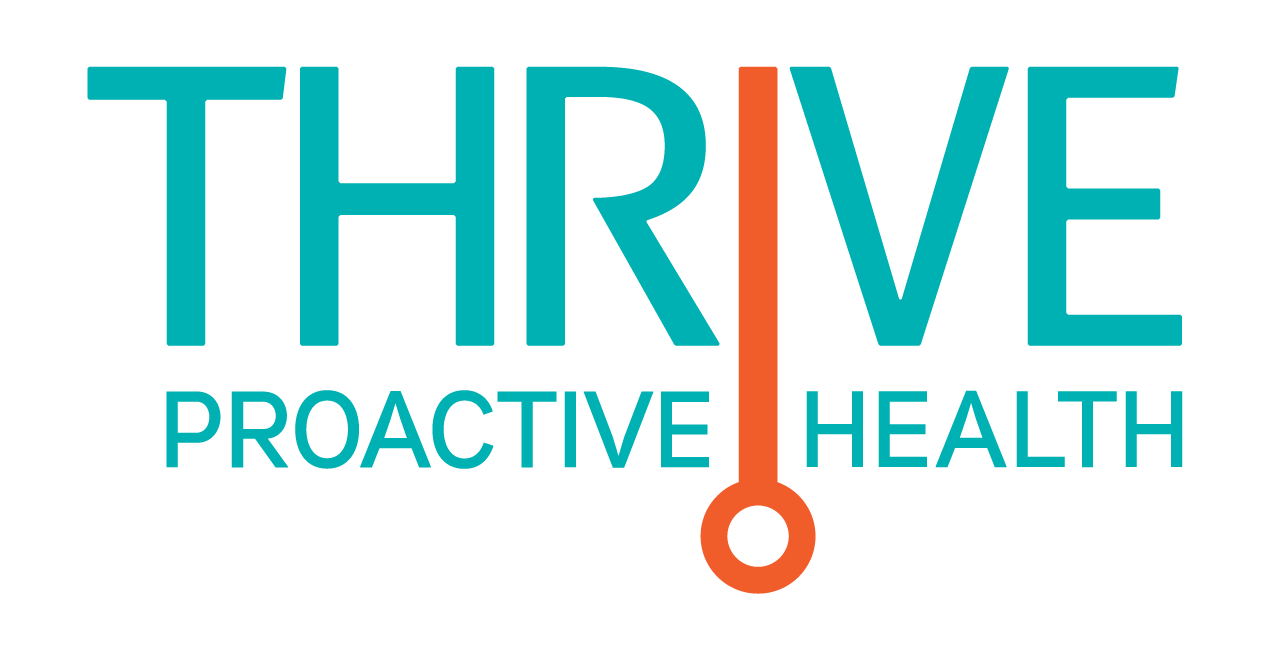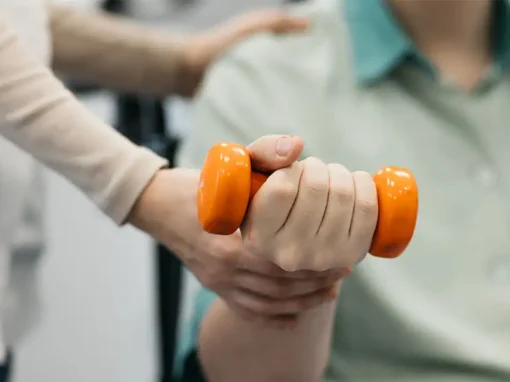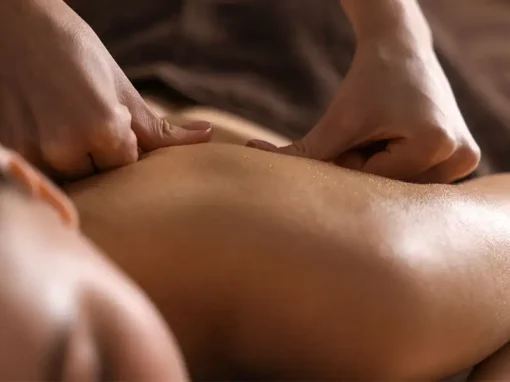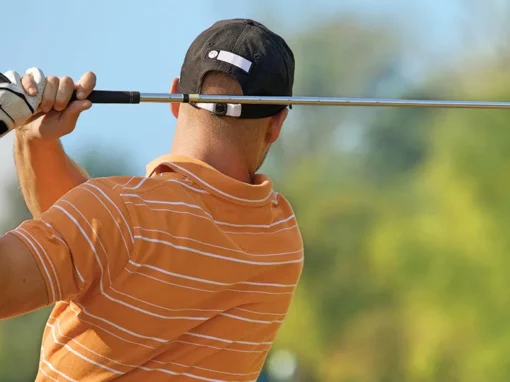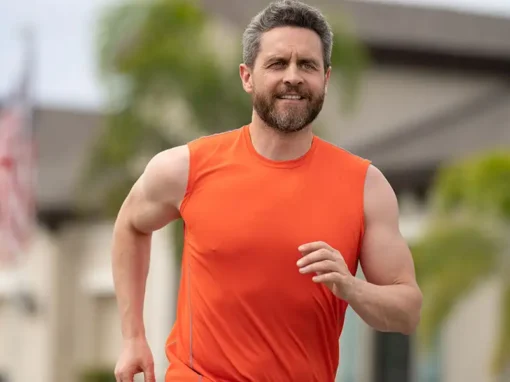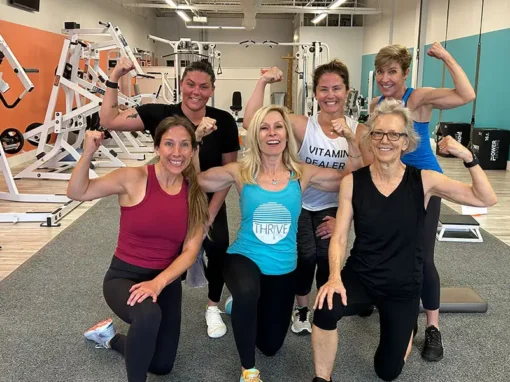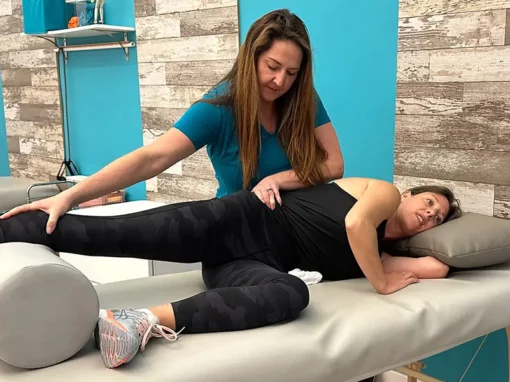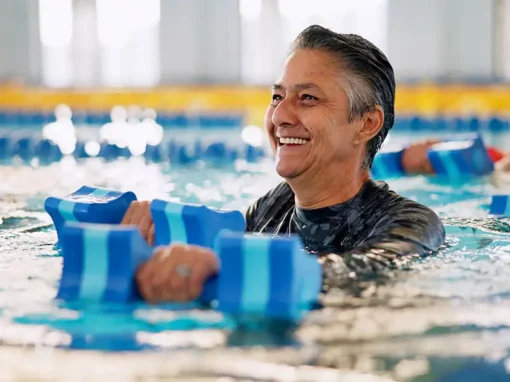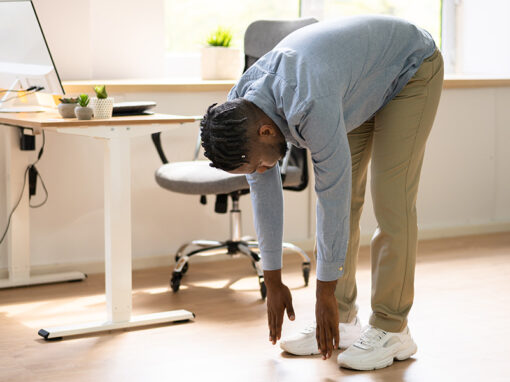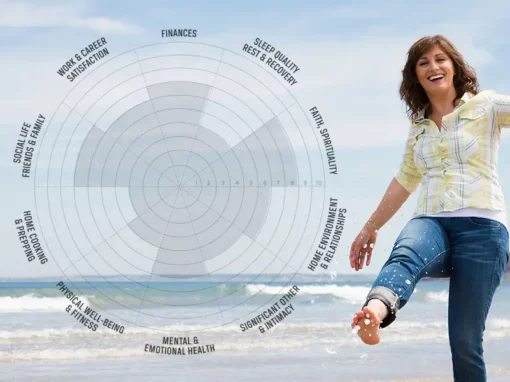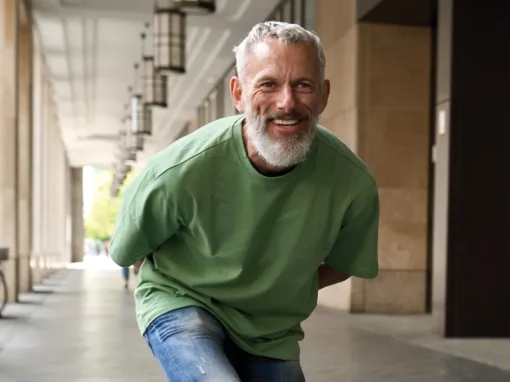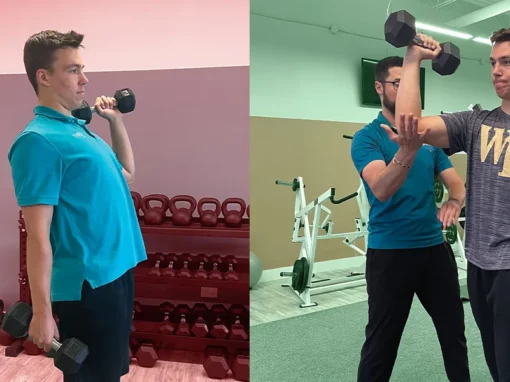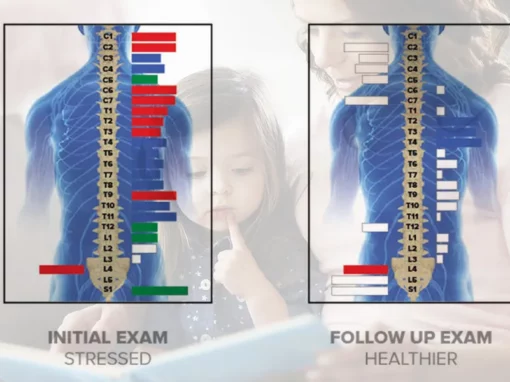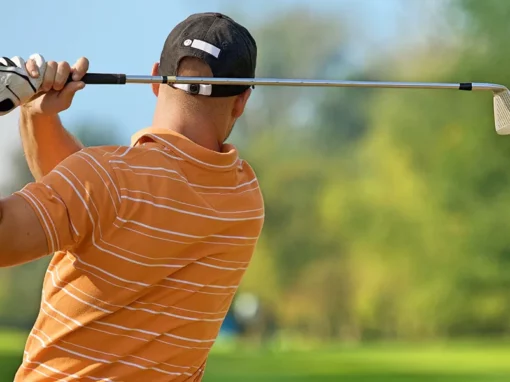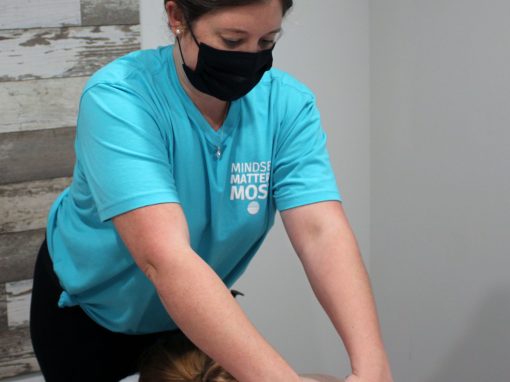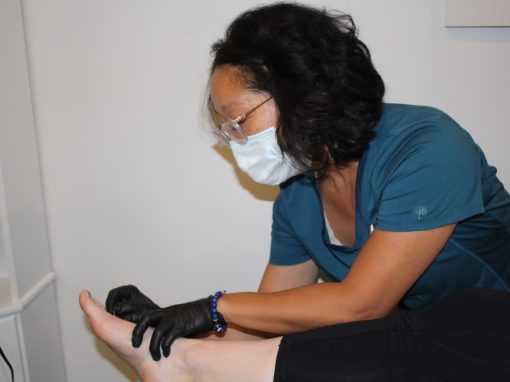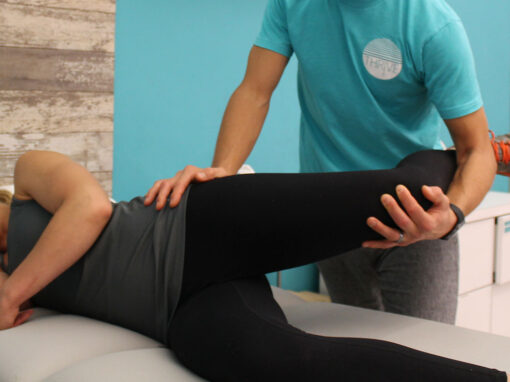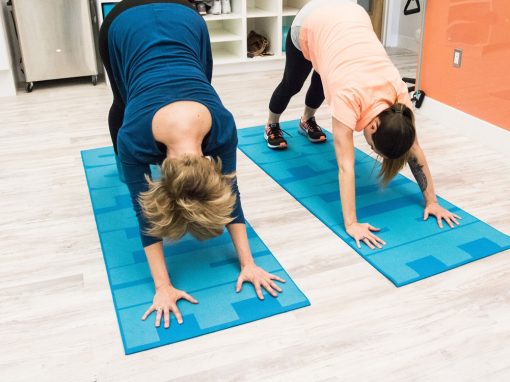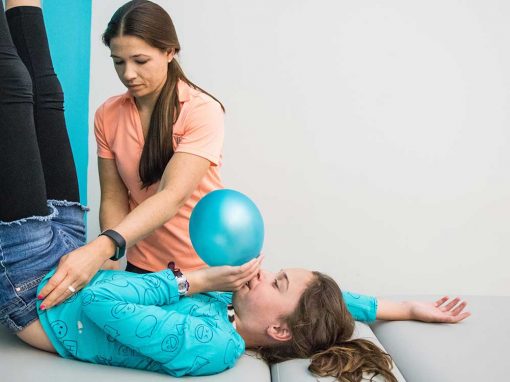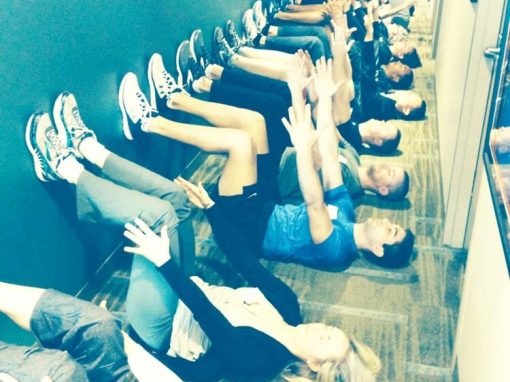Staying active is one of the most important things men can do for their health. Whether it’s weekend pick-up basketball games, early morning runs, strength training, or hands-on work at a job site, physical activity supports heart health, boosts mood, builds strength, and helps manage stress. But with an active lifestyle also comes the risk of injury—and for many men, the body doesn’t bounce back quite as easily as it once did.
That’s where physical therapy (PT) makes a difference.
At Thrive Proactive Health, we see physical therapy not just as a recovery tool, but as a long-term partner in living well. It plays a vital role in keeping men active, mobile, and strong, whether they’re overcoming a sports injury, healing from a workplace strain, or navigating age-related changes in mobility. Here, you’ll see how physical therapy helps prevent injuries, supports faster recovery, and empowers men to continue doing what they love—without pain or limitations.
Why Injury Prevention Matters
Many men tend to wait until an injury becomes a real problem before seeking help. But the truth is, injuries often begin with small imbalances, tight muscles, or poor movement patterns that can go unnoticed until something “gives.” And once that happens, recovery can take weeks—or even months.
Physical therapy is not only about rehab. It’s about prevention. The more proactively you care for your muscles, joints, and movement mechanics, the more you can reduce the risk of serious setbacks. From office workers with nagging neck tension to weekend warriors nursing sore knees, PT helps identify the root causes of strain before they escalate.
Common Injuries and Conditions PT Can Help Prevent
Men of all ages and activity levels can benefit from physical therapy. Here are some common injuries and issues PT helps address:
- Muscle strains and ligament sprains
- Tendonitis (e.g., Achilles, rotator cuff, patellar)
- Lower back pain and disc issues
- Knee pain from running or lifting
- Shoulder impingement or “frozen shoulder”
- Carpal tunnel and repetitive strain injuries
- Balance issues and fall risk
- Joint degeneration and arthritis
- Post-surgical recovery and joint replacements
By strengthening supportive muscles, improving flexibility, and correcting imbalances, physical therapy helps the body move the way it was meant to—reducing wear and tear over time.
How Physical Therapy Supports Recovery
Injuries can happen, even with the best preparation. When they do, physical therapy is one of the most effective ways to promote healing and restore function—without relying solely on medication or invasive procedures.
Every injury is different, and every person heals at their own pace. That’s why physical therapists develop customized treatment plans based on your body, your goals, and the demands of your lifestyle.
Here’s how physical therapy supports recovery:
-
Targeted Pain Relief
Therapists use hands-on techniques like manual therapy, soft tissue mobilization, and dry needling to reduce pain, improve circulation, and relax tight muscles. These techniques support the body’s natural healing process and help break the pain-spasm cycle.
-
Improved Mobility and Flexibility
After an injury, stiffness and limited range of motion are common. Guided stretching and joint mobilizations restore flexibility and allow you to move more comfortably. For men returning to sports or physically demanding jobs, regaining full range of motion is essential.
-
Muscle Strengthening
Injury often leads to muscle weakness—either due to disuse or direct trauma. PT includes strength training exercises to rebuild and stabilize key muscle groups. This not only helps you heal, but prevents future injury by improving resilience.
-
Movement Retraining
Poor mechanics are often to blame for injury in the first place. Therapists analyze how you walk, run, lift, and move, then teach more efficient patterns to reduce strain. Correcting posture, foot strike, or squat technique can be a game-changer for athletes and active men.
-
Functional Progression
Whether you want to return to playing basketball, hiking, or lifting at the gym, your therapist will guide you through progressive exercises that mimic real-life movements. Functional training ensures you’re not only pain-free but truly ready to return to your favorite activities.
Sports Injury Recovery: Getting Back in the Game
For active men and athletes, physical therapy is a critical part of the comeback process. It’s not enough to rest and “wait it out”—PT ensures the injury heals properly, scar tissue doesn’t limit function, and strength is rebuilt safely.
From sprained ankles and ACL tears to rotator cuff injuries and muscle pulls, PT offers:
- Acute care to manage swelling and pain
- Progressive loading to build back strength
- Return-to-play testing to prevent re-injury
- Sport-specific drills for confidence and performance
Even after healing, many athletes choose to continue working with a PT to improve movement mechanics, increase agility, and reduce the risk of future injuries.
Workplace Injuries and Overuse Strains
Many men work in physically demanding environments—construction, landscaping, warehouses, or even long hours at a desk—and each comes with its own set of risks.
Standing for long periods can cause lower back and hip strain. Repetitive lifting can aggravate shoulders and knees. And desk jobs, though seemingly low-impact, often lead to poor posture, neck tension, and chronic back pain.
Physical therapy can address these challenges head-on by:
- Teaching ergonomic modifications
- Strengthening postural muscles
- Improving joint alignment and mobility
- Reducing inflammation and repetitive strain
Better posture, improved body mechanics, and targeted exercises can turn your daily work routine from a source of strain into a manageable, even healthful, part of life.
Navigating Age-Related Mobility Challenges
As men age, changes in joint health, muscle mass, and flexibility can start to affect everyday movement. Tasks that were once easy—like tying shoes, climbing stairs, or carrying groceries—can become frustrating or painful.
But aging doesn’t have to mean slowing down.
Physical therapy supports men in their 50s, 60s, and beyond by helping them stay active, independent, and mobile. It can reduce the impact of conditions that include:
- Osteoarthritis
- Spinal stenosis
- Muscle loss (sarcopenia)
- Balance and coordination decline
- Joint replacements and orthopedic surgeries
Therapists use gentle, progressive exercises that build strength and mobility while protecting aging joints. PT also improves confidence, reducing the risk of falls and empowering men to stay engaged in their lives, families, and communities.
Why Men Benefit from a Personalized PT Approach
Men’s bodies respond to activity and injury in unique ways, and their recovery goals often differ based on lifestyle, occupation, and fitness level. At Thrive, we understand these differences and design physical therapy programs that are not only effective but realistic for your life.
Whether you’re training for a race, getting back to coaching your kids’ team, or just want to move through your day without pain, our team works with you—not just on you—to get there.
Signs You Could Benefit from Physical Therapy
You don’t need to be recovering from surgery or a major injury to seek PT. In fact, the earlier you intervene, the better the outcome. Consider seeing a physical therapist if you:
- Have persistent or recurring pain in joints or muscles
- Feel stiff or limited in your daily movement
- Experience instability, especially in knees, hips, or ankles
- Recently started a new exercise routine or sport
- Want to improve posture, mobility, or strength safely
- Are recovering from a fall, strain, or orthopedic procedure
Even small issues—like a twinge in your shoulder or soreness after lifting—can be signs of movement patterns that deserve attention.
Take the First Step Toward a Stronger You
Whether you’re trying to prevent injury, recover from a strain, or simply move better as you age, physical therapy can help you take control of your health. At Thrive, we’re here to support men of all ages and activity levels with care that’s compassionate, personalized, and focused on what matters to you.
Don’t wait for a setback to start taking care of your body. Let’s build strength, restore mobility, and keep you moving forward—on your terms. Schedule a physical therapy consultation today and take the first step toward an active, pain-free future.
